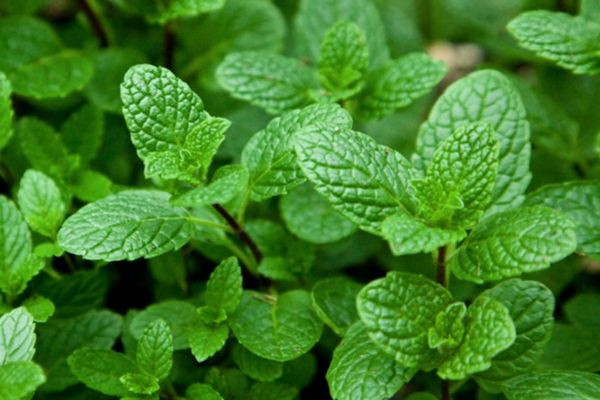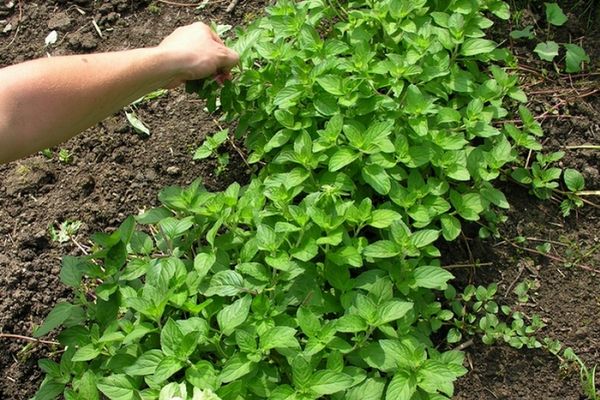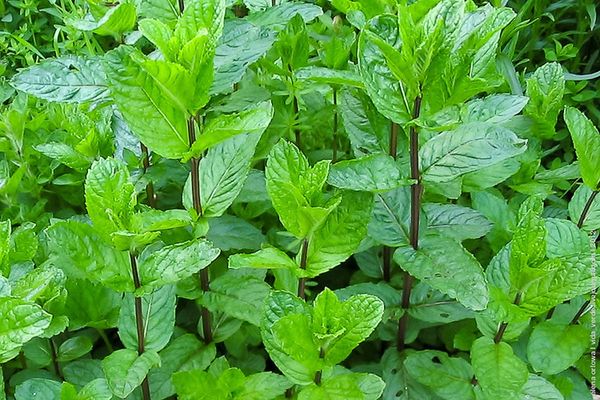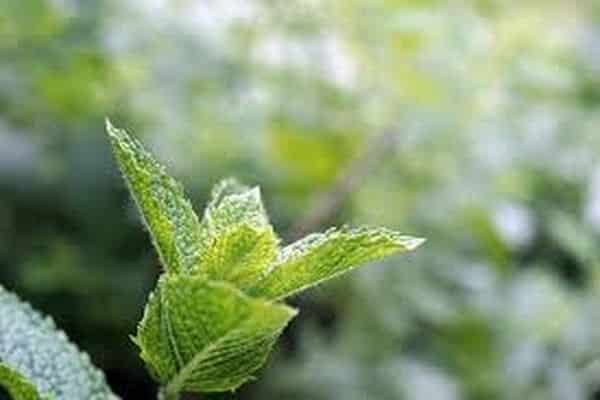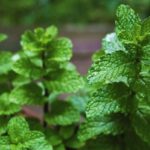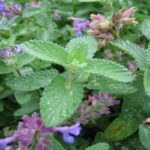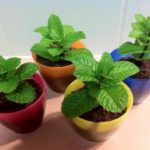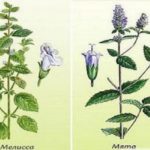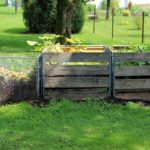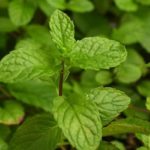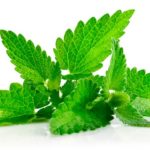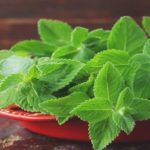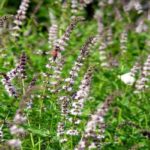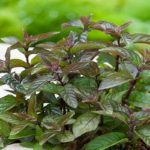Mint is valued not only for its aroma, but also for the beneficial properties that nature has put into it. To get fresh plants all year round, gardeners grow mint in greenhouses. The main advantages of this method are year-round harvest and the ability to not depend on weather conditions.
How to properly grow mint in greenhouse conditions?
Mint is an unpretentious plant. With proper care, the crop will give a good harvest even in winter. It is important that the temperature regime in greenhouses is maintained and ventilation is present.
Preparation of cuttings
There are two ways to plant mint: cuttings and seeds.
When preparing cuttings for planting, they are cut from the bush. Seedlings should not be less than 10 cm in height. They can be immediately planted in the ground, but to increase the chances of survival, it is recommended to place the seedlings in water to release roots. It is important to control the germination of the root system. To speed up the process, the cuttings should be provided with optimal temperature conditions and regularly irrigated with water.
The cuttings are planted immediately after the first roots appear.
It is recommended to pre-treat mint seeds with an aquarium compressor before planting. This will ensure optimal germination. The idea is to place the seeds in water and saturate them with oxygen. Before planting, seed material should be dried in fresh air.
If it is not possible to plant seeds directly into the ground, then the seedling method of planting is used. Initially, the seeds are germinated at home in boxes, and after 1.5–2 weeks they are planted in a greenhouse. It is important to regularly moisten the planting. The humidity level should not be less than 60%.
Preparing the soil for grass
Spicy herbs are planted in previously prepared soil. It is dug up, cleared of weeds, and fertilized with mineral and organic compounds. It is important to prevent souring. This requires good drainage of the area using crushed bricks or small crushed stone.
Note! If the soil becomes acidic, there is a high probability of rotting of the root system and loss of yield.
Thus, well-drained soil is important when planting mint. Soil quality plays an equally important role.Spicy grass loves slightly acidic and sandy loamy neutral soil. Acidic soils are absolutely not suitable for growing mint in a greenhouse.
Planting mint
It is best to plant mint in the ground in the spring, but planting in the summer and fall will also give good results. After the roots of the cuttings develop, they are planted in the soil. The optimal planting depth is 5 cm. The distance between seedlings should be at least 15 cm. This will give the plants enough space and nothing will hinder their growth.
It is important to provide the plant with the necessary amount of light and optimal temperature. For this purpose, lamps and electric ovens are installed in greenhouses.
Growing mint by planting seeds is more difficult, especially for novice gardeners. If this particular method is chosen, then the seeds are sown in moist soil to a depth of 0.5 cm. For seedlings to germinate, the temperature in the greenhouse should not be less than 20 degrees. The top of the planted area is covered with film until the seeds hatch.
To obtain a winter harvest, mint is planted in late August - early September. It is important to provide the crop with as much natural light as possible. If this is not possible, then you need to use additional lighting.
Basic principles of crop care
To get a good result, it is important to properly care for the crop: water it on time, fertilize it, and prevent diseases and pests. Those who grow mint for industrial purposes can use coconut substrate for planting.
Watering
The soil should not be allowed to dry out when growing mint. Watering is carried out as soon as the soil begins to dry out. This is about 3 times in 10 days.In greenhouses, it is optimal to use a drip irrigation system. In order for the root system to better absorb moisture, you should periodically loosen the soil. It is also important to destroy weeds in a timely manner, so the plants will receive more nutrients.
In summer, watering is done more often; in summer, it is reduced. It is also important not to allow moisture to stagnate in the soil. Despite the fact that mint is a moisture-loving plant, excessive amounts of water will lead to disease and death of the plants.
Top dressing
Regular feeding of mint will have a good effect on its development. As a rule, phosphorus and nitrogen fertilizers are used for these purposes. Fertilizing is carried out during the growing season. Some gardeners prefer to fertilize mint with compost and manure.
Diseases and pests
The most dangerous disease for the crop is powdery mildew. As a rule, the disease occurs due to sudden changes in temperature. As for pests, mint is susceptible to attack:
- aphids;
- whiteflies;
- spider mite.
You can get rid of pests by spraying plants with industrial compounds. But it is safest to use folk remedies.
Collection and storage
The crop is harvested in the first year of planting. For drying, the leaves are plucked before flowering; during this period they are most saturated with useful microelements. Dry the mint in the shade, first tying the plants into bunches. Thus, the plant will retain its aroma and beneficial properties throughout the long winter.
You can also freeze mint, but in this form it can be stored for no more than two months. Cut leaves are washed in cool water and placed on a damp thin cloth. Mint is stored in the refrigerator in a tightly closed container. The optimal storage temperature is 0 degrees.
For fresh consumption, mint leaves are picked as needed.

